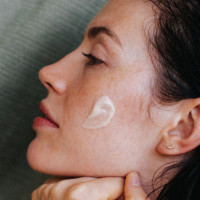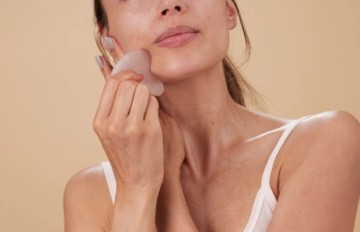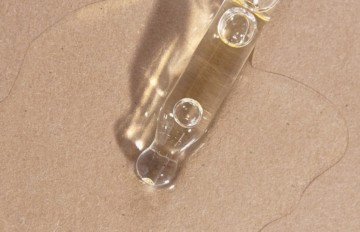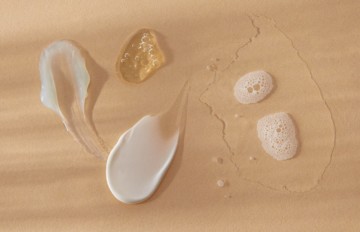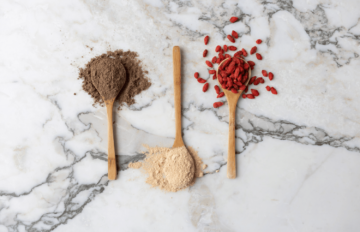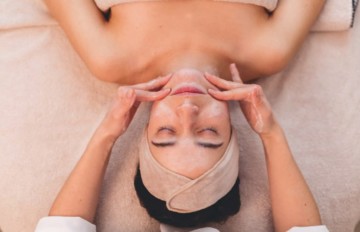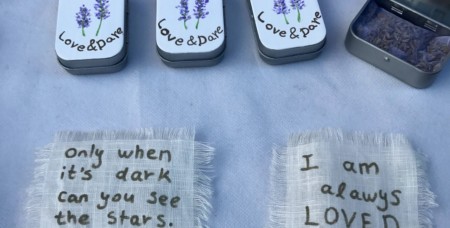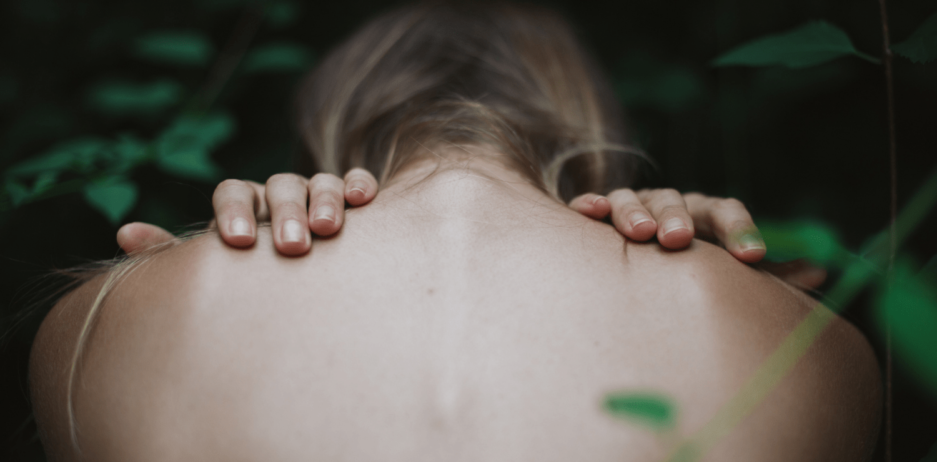
Welcome to “Skin Psychology” (Part II)
You already know about the close connections between your skin and your brain (part 1). Now it’s time to find out more about your skin microbiome, which is as unique and personal to you as your fingerprints.
But first of all, what exactly is your skin microbiome?
The skin microbiome is composed of a community of living microorganisms (bacteria, fungi, viruses and parasites) and has several functions: it plays a defensive role, contributes to the skin’s protective barrier, and helps to regulate the immune system. It’s also this microbiome that gives your skin its specific, unique odor.
The story begins at birth. When a baby is born, it is “seeded” with the vaginal flora of its mother (in the case of a vaginal delivery) or, in the case of a C-section, her stomach flora. These floras then colonize the skin, and continue to evolve over time, until death.
An adult’s skin hosts an average of one thousand billion bacteria and over one thousand species of fungi and viruses. They make up the microbiome, which lives on the surface of the skin and in the upper layers of the epidermis, forming a complex ecosystem.

The areas of the body that harbor the most bacteria are: the hands, scalp, underarms, forehead, arms, legs, and back. Whether resident or transient, the skin’s microbiome varies in terms of both quantity and quality from one person to another, depending on their age, sex, where they live, their immune system, and certain physicochemical factors such as humidity, pH and temperature.
The microbiome of the scalp is not the same as that of the face, underarms, hands, bust and genital area. It also varies with age (birth, puberty, old age), according to the activity of the sweat and sebaceous glands. And finally, a man’s microbiome is different from that of a woman of the same age, and for the same area of the body.
A recipe for balance
The composition of the skin microbiome results from a balance between local conditions and the metabolic properties of its microorganisms. It is also the result of the combination of two types of flora: resident skin flora and transient skin flora. (This just shows that the subject of “living together” can be applied to many areas!)
The resident skin flora comprises bacteria that colonize the body without causing disease. The composition and distribution of this flora are relatively stable. It is able to restore itself spontaneously after disruption and plays an important role in resisting colonization by other, potentially pathogenic microorganisms.
The transient skin flora consists of fungi, viruses and bacteria, most of which are harmless and feed on decomposing organic matter that comes from the environment. This flora may also comprise opportunistic pathogenic bacteria, which can lead to illness if the host’s defenses are impaired. Transient flora does not reside on the skin surface permanently; it varies during the day and depends on what the person is doing, as well as variations in the surrounding conditions. However, it may remain on the skin for several hours or even days.
While the immune system influences the skin microbiome, the latter contributes significantly to the body’s defenses. It is becoming increasingly clear that the skin microbiome plays an essential role in the development and functioning of the skin’s immune system. Thanks to the diversity of the skin microbiome, it helps to control the balance that is characteristic of “healthy skin.” An imbalance in the skin microbiome can be linked with allergic and infectious skin diseases.
The skin microbiome and cosmetic products
In addition to age, sex, genetic makeup and immune reactivity, external factors can have a major impact on the composition of the microbiome. These include climate (temperature, ambient humidity, UV radiation), medication, hospitalization, the type of clothes worn, the use of cosmetic and personal hygiene products, how often the person washes, and various other factors. After cleansing, the skin’s pH is no longer acidic but alkaline.

For transient bacteria, this is the ideal time to “move in,” but they will only succeed if the resident bacteria take too long to recolonize the vacated areas. It’s a virtuous circle: as they develop, these bacteria recreate this acidic environment that enables them to thrive. If the bacteria repopulate on the skin fast enough, foreign bodies have difficulty colonizing it. To stay in good health, we must have the right proportion of permanent bacteria on our skin. The composition of this bacterial flora varies from one person to the next and depends greatly on their lifestyle and habits.
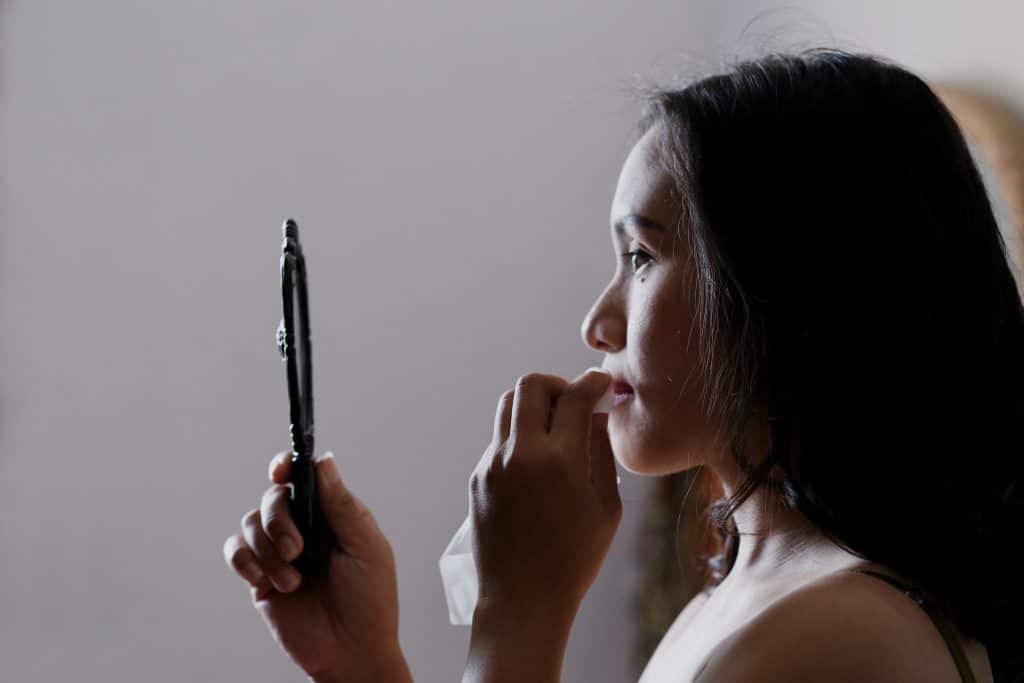
A balanced skin ecosystem is key to beautiful skin
Why is it important to maintain a healthy skin ecosystem and restore this ecosystem if necessary?
- Because an unbalanced ecosystem indicates that there are too many pathogenic bacteria, which can lead to the occurrence of skin conditions such as acne, psoriasis, eczema, etc.
- Because an unbalanced ecosystem usually goes hand in hand with a disorganized stratum corneum. Those small “tiles” formed by dead skin cells, which constitute the first line of protection for your skin, no longer lie flat, and water is able to escape. This leads to increased dehydration, poor cell functioning, and accelerated skin aging. It also makes it easier for germs to get into the body.
- In summary, an unbalanced ecosystem leads to skin problems that often have a psychological impact, which can lead to relational difficulties, which then worsen the psychological impact. It’s a double whammy!
Now, look at yourself in the mirror and observe your skin. What is it saying about you? Listen to it, understand it, and support it.
We will meet at each changing season to learn how to take care of your skin wisely according to changing environmental factors.
